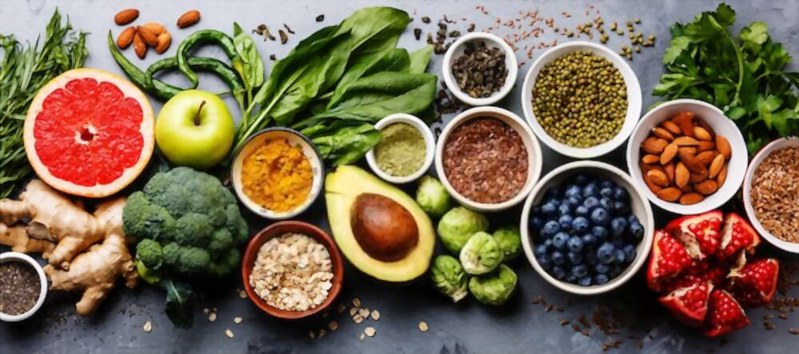Ketosis is a natural metabolic state that can be achieved by following a low-calorie, doctor-supervised diet. There are several reasons why you may want to try ketosis. It is a great way to lose weight and keep your body in top condition, but there are certain factors to consider before starting a keto diet. Listed below are a few tips to help you get started on the right foot.
As you begin your new lifestyle, expect to experience some initial side effects. Some of them include sluggishness and fatigue. However, this is completely normal since your body is burning fat for fuel. While this may sound frustrating, it’s not the end of the world. By the end of the week, many people have reported feeling energized and losing weight. And if you’re feeling a little bit sluggish at first, don’t worry; it won’t last long.
It’s important to understand the concept of “net carbs” (carbs minus fiber) when trying to start a ketogenic diet. You don’t need to follow a strict calorie restriction or count carbohydrates. Using a carbohydrate calculator can help you stay on track with your diet. In addition, it will increase your awareness of the nutritional value of your food. A few healthy carbohydrates per day can help kickstart your ketosis diet.
Protein intake should be moderate on a ketogenic diet. You should consume about 15-30 grams of protein per day, and the rest should come from fats. Good fats include olive oil, avocado, nuts, and cheese. Also, try to limit your intake of fruits and vegetables. Fruits and vegetables that are low-GI should be consumed. Besides, you should avoid sugary candies, desserts, and cereal.
Vegetables are another important part of the ketogenic diet. They provide your body with the nutrients it needs to stay in ketosis. The main choices should be green leafy vegetables and cruciferous vegetables. Raw vegetables are preferred, but you can also try steamed ones if you feel bloated. Alternatively, a large salad can be served for lunch or dinner. Add some butter or coconut aminos to increase their flavor.
You can also use a meal plan that helps you to stay in ketosis. The plan includes a list of delicious keto dinner ideas. It is flexible, delicious, and easy to follow. Just make sure that you consult your doctor for any nutritional requirements. When you start a ketogenic diet, you should stay well-hydrated and get plenty of sleep. If you’re experiencing cramps or tiredness, try eating more fruits and vegetables to compensate for the lack of carbohydrates.
The first week of the diet will be difficult for most people. It is possible to lose a significant amount of water during the first few days. This is likely water weight, but you should always have a water bottle with you. Water is essential for digestion and detoxification. Therefore, you should try to drink at least six to eight glasses of water per day. It is important to remember that carbohydrates are not compatible with keto.
Those new to ketosis should also consult their doctor, as the diet may be difficult to maintain. You should avoid excessive sodium intake as well as high levels of potassium. A diet rich in fiber is better for you than one that is high in sodium. This diet can be hard to stick to and may cause kidney problems. But there are many benefits to the ketogenic diet, so it’s worth a try.
There are two types of keto diet plans: the strict one and the moderate one. You should consume 70-80% fat and ten percent protein. On the other hand, a 140-pound woman should consume around 64 grams of protein per day. The “strict” diet plan is the most restrictive, and provides the best results for beginners. You can choose the plan that is right for you and your lifestyle. There are some things to consider before starting your keto diet.


